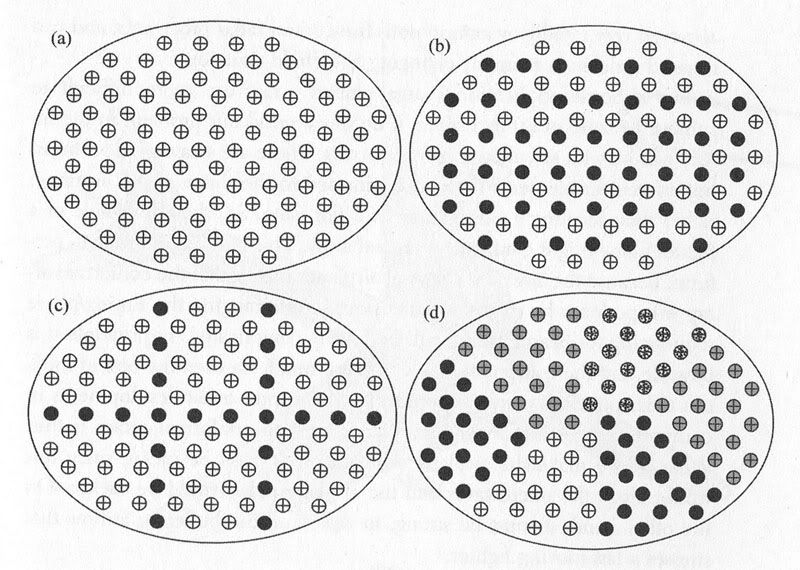I don't know anything about this radar to actually comment on it.Tphuang, can you make a judgement with this picture?

What do you think about all the talk over on the Chinese sites about the radar actually being PESA, what's your take on their credibility?
If it can't be circular due to J-10B's nose cone, then that could be the evidence that J-10B is designed just for AESA. There is nothing wrong with that.It can't be circular because the way the J-10's nosecone is built precludes a circular radar.
But if you look at the AESAs, most of them have protruding elements, whereas in the case of the PESAs the planar array is flat, and if there's a feature in the array, it's a receding element.
Besides, the radar that most resembles the J-10B radar in surface features is the Irbis, not any of the AESAs.
seriously, you can see protruding elements from this far out? Are you seeing protuding elements out of Zhuk-AE? Actually, can you tell any difference between Zhuk-AE and Zhuk-MSF? I can't.
That's nonsense. J-11 gives plaaf additional long range strike missions, but there is no proof that it is better in A2A missions than J-10. In fact, it has always been the other way around until J-11B came around. And we have not seen evidence either way whether J-10 or J-11B is better in A2A missions. I would suspect that depends on the mission, the tactics and the supporting aircraft.As far as translucent material goes, we've seen a PESA that sufficiently resembles the radar we saw on the J-10B.
That IS the array in itself.
As far as the J-10B being the cheap fighter in the line-up, it's the high-low mix used by many other air forces. The J-7s and J-8s are legacy fighters, the J-10B provides most of the air combat capability, but when you need air superiority you take the J-11s and the Su-30MKKs for their superior BVR capability. If it beats the J-11s and the Su-30MKKs, sure, the F-16 beats the F-15 in dogfights as well, but from range the Su-30MKKs are more likely to pick off quite a few of the J-10s with BVR missiles before they even get into close range.
You have no idea the cost of the radar, or J-10, or J-10B or J-11B. And as mentioned above, J-10B and J-11B can both be better for different missions under different scenario. There is no reason J-10B can't be equipped with AESA to start off. But if they feel PESA is more mature right now, they should go with PESA. But as I said, I don't believe we can say conclusively one way or the other. Most of your arguments are very weak. And I think it's for the better that we all just drop this topic until there is more evidence.That's true, we're expecting around .5m^2 RCS on the J-10B, right? The J-11Bs are currently at 3m^2 RCS, and the Chinese are sufficiently dissatisfied with it that they want to upgrade and improve it. The radar on the flankers should have about 30% more range than the J-10B radars, independent of technology, based on size only, and a reduction of 10 times RCS results in a reduction of detection range by 50%.
Besides, loading on external weapons increases RCS significantly, so the RCS advantage will be more there if the fighters decide to jettison weapons and flee.
Still, one of the key advantages of the J-10 is its relative cost; the J-10B should cost around 40 million USD, the J-10A should cost around 27 million USD. There's no reason to install 10 million USD radars when that makes up a quarter of the plane's cost.

